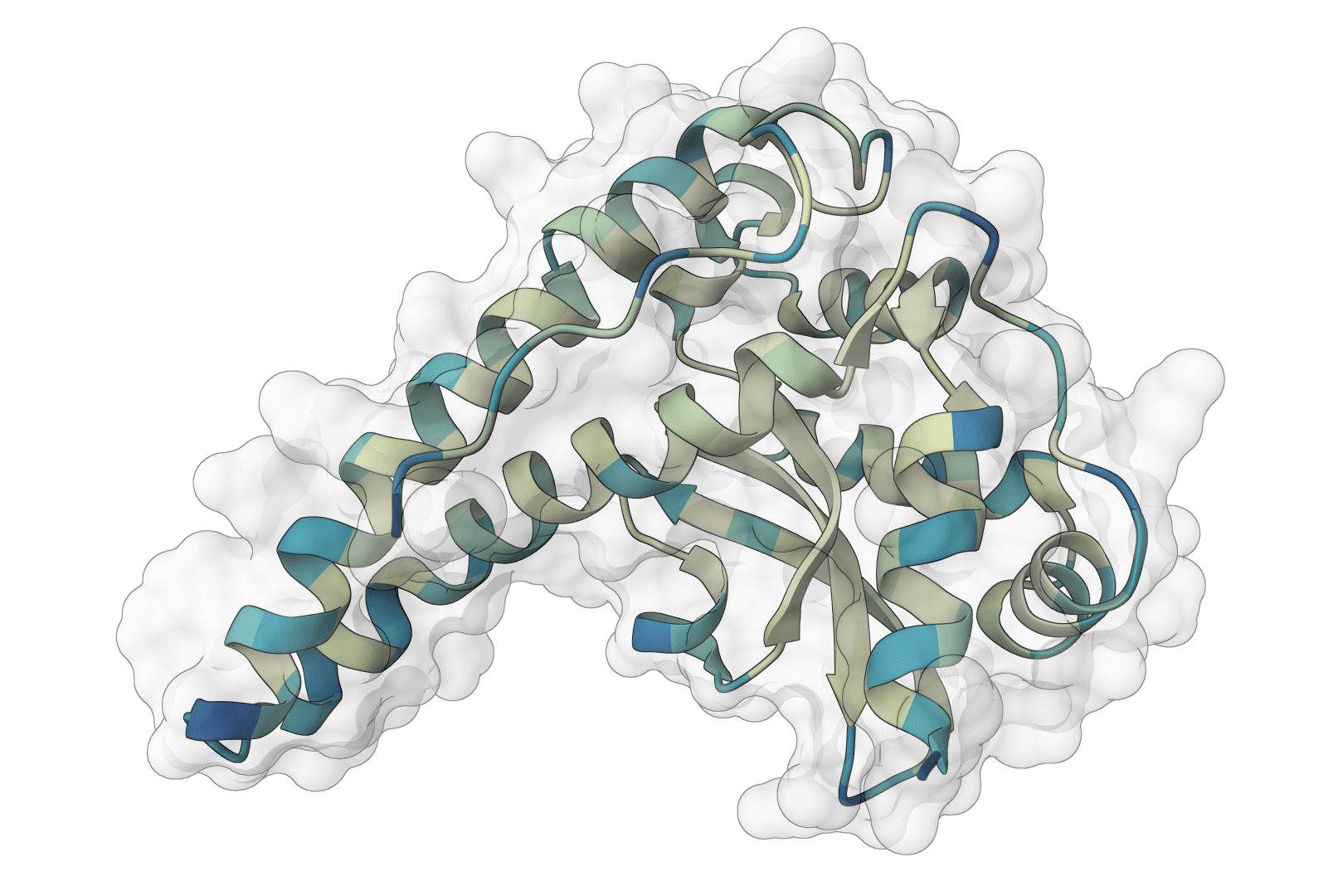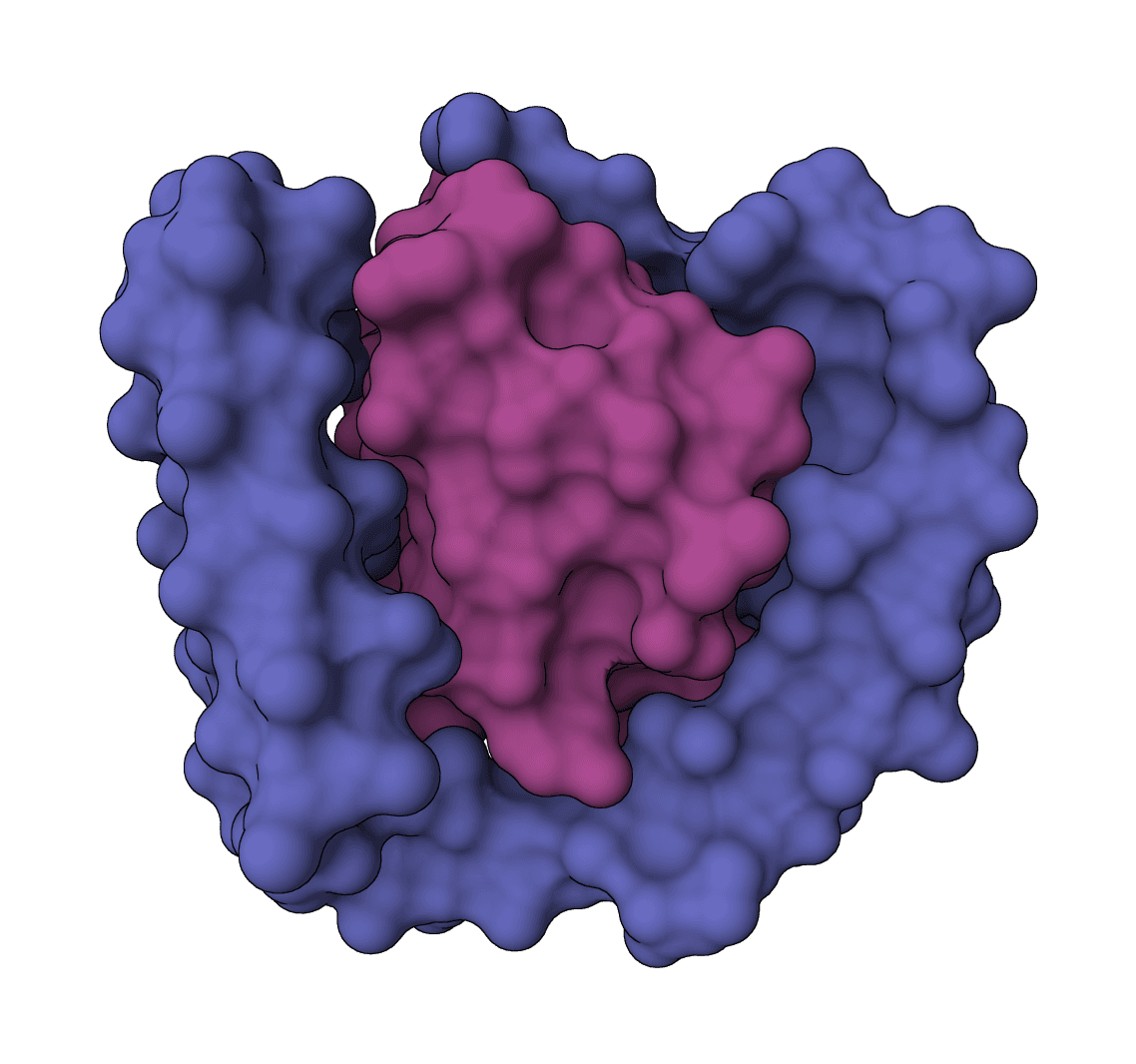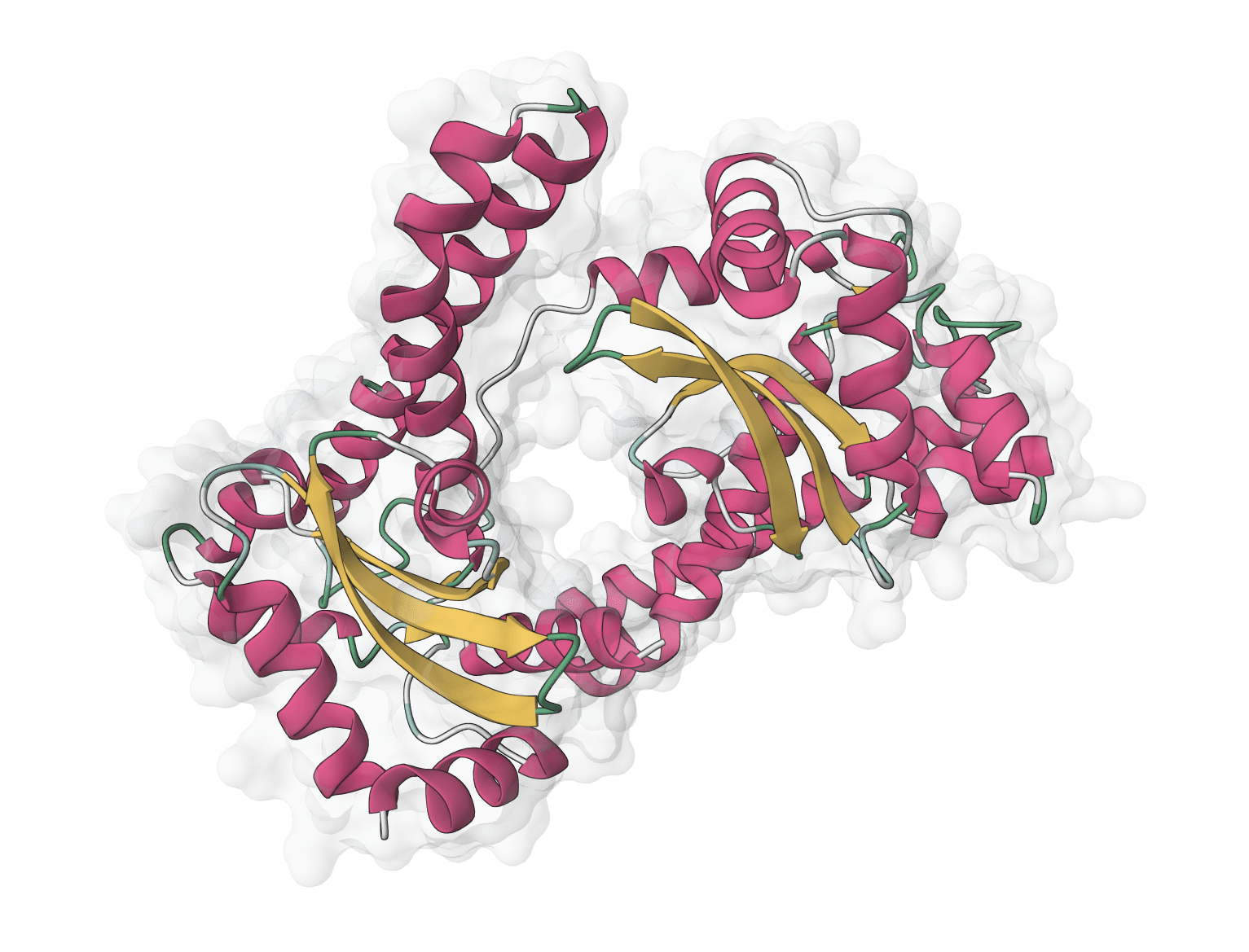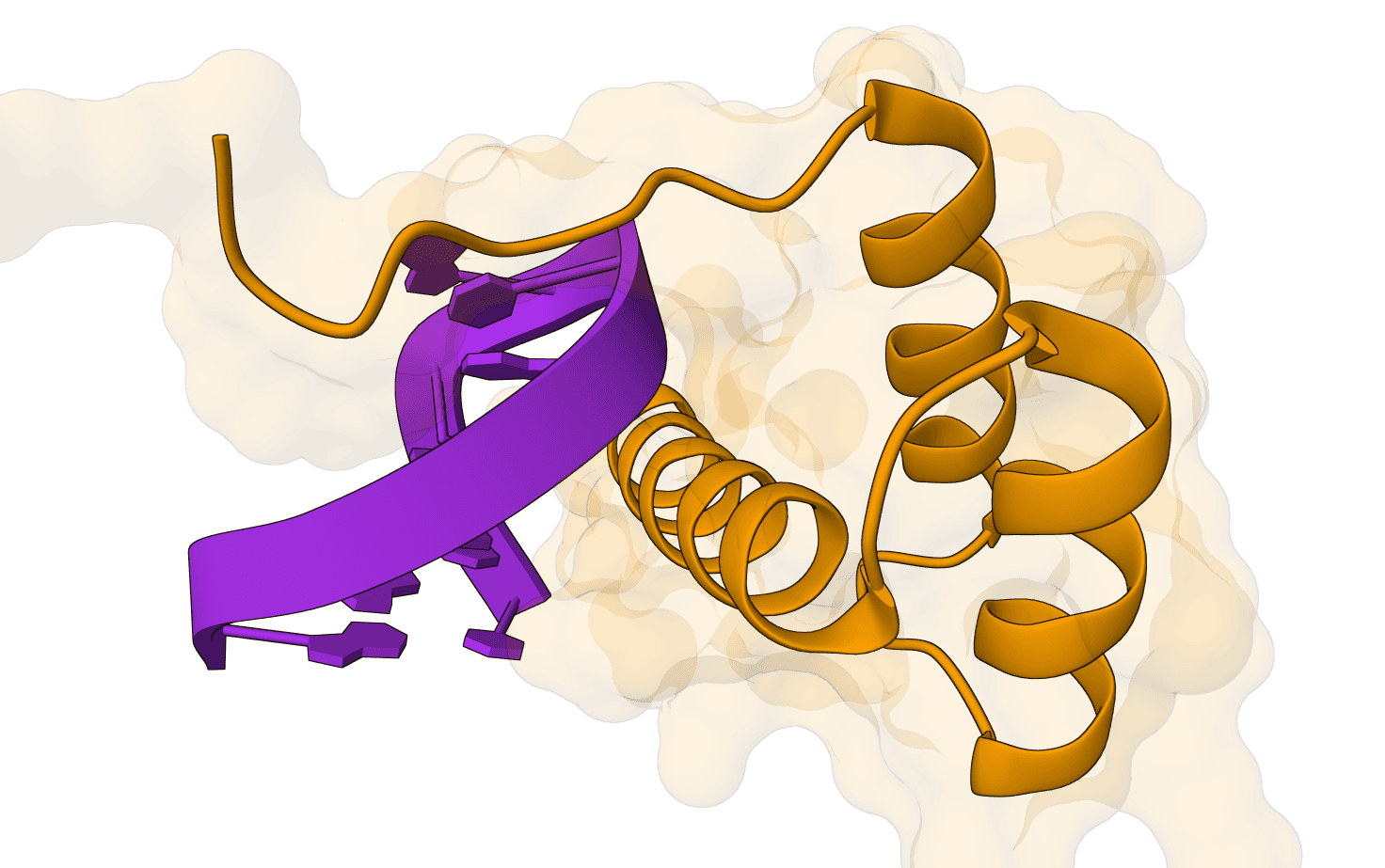Bioinformatics in your browser
Run AlphaFold 2, Boltz-2, RFdiffusion, and 50+ other tools. No setup, no queues, no infrastructure.
The latest state-of-the-art models
Predict structures with AlphaFold 2 and Boltz-2. Design proteins with RFdiffusion3. Generate binders with BoltzGen. All running on H100 GPUs.
Built for scientific rigor
Every aspect of ProteinIQ is designed for researchers who need reproducible, citable, and trustworthy results.
Peer-Reviewed Methods
Every tool runs published algorithms without modification. Your results are backed by validated research.
Reproducible Results
Version-locked environments ensure identical outputs. Share parameters and collaborators get the same results.
Citable Outputs
Auto-generated citations in BibTeX format. Proper attribution for every tool used in your research.
Tools for every workflow
A comprehensive suite of bioinformatics tools.
From sequence analysis to de novo protein design.







